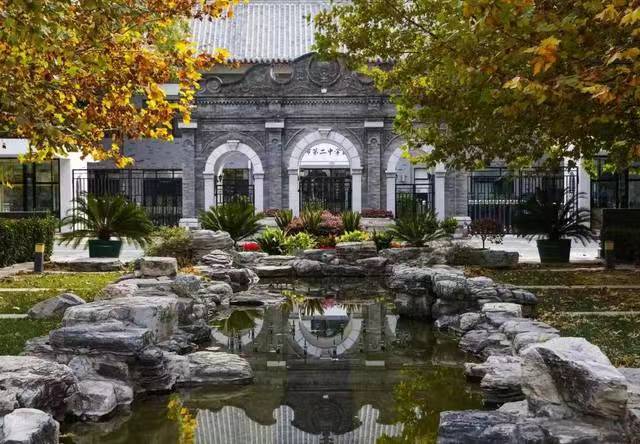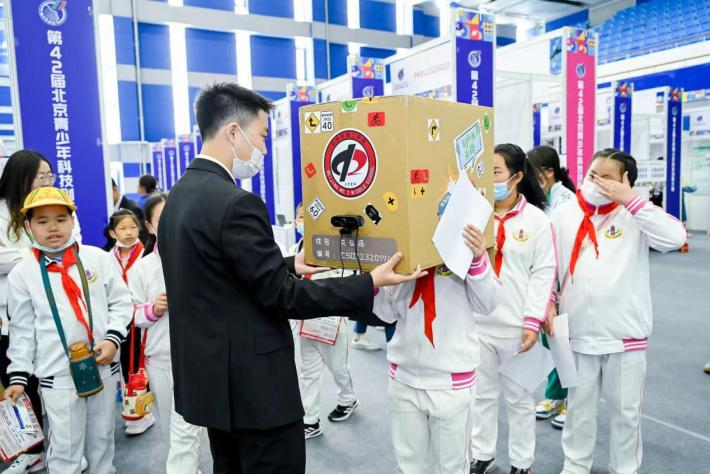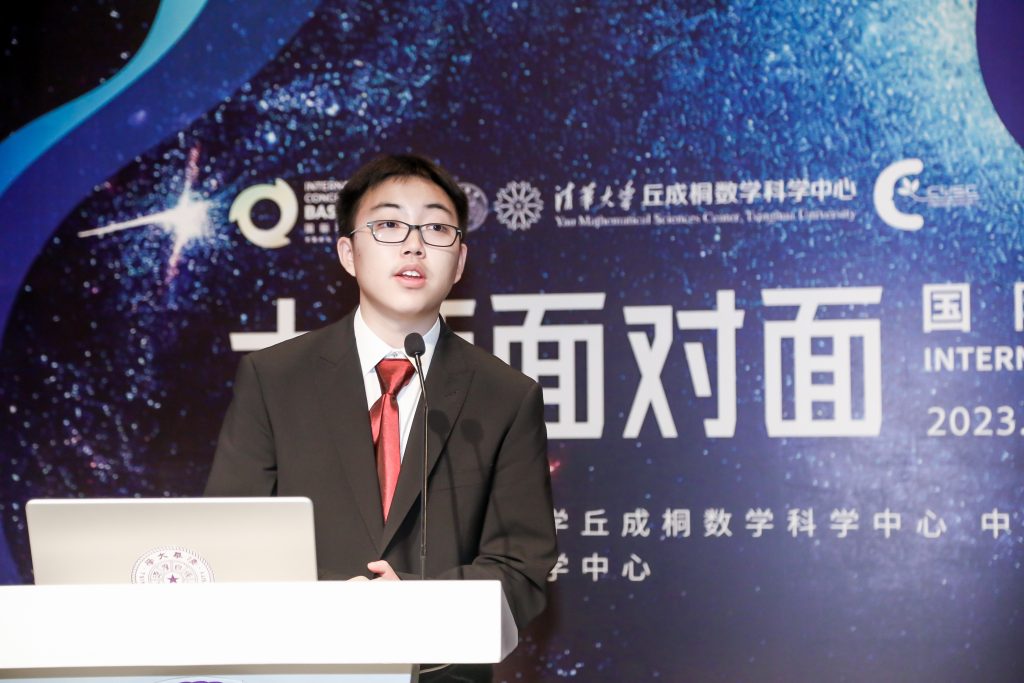I am very interested in content related to science and technology。
When I was a kid, I had a magical obsession with LEGO, and I built various series of LEGO toys, which filled my bedroom. While LEGO brought me joy, it also nurtured my spirit of scientific inquiry. However, as I grew older, LEGO sets with instructions no longer satisfied me. In elementary school, I once stayed up late with a friend to build a warship with scattered pieces, reinforcing it continuously until it could emerge from the water while enduring the tremendous impact of rubber balls. In junior high school, I longed for my custom-built Batmobile to run on its own, just like the remote-controlled car series from LEGO. Therefore, through my own modifications and various adjustments, I installed a LEGO motor on my Batmobile. Although it could only move forward and backward without turning, I was still thrilled. Unknowingly, a seed of scientific inquiry was planted, and I longed to have the ability to turn my ideas into reality.

In elementary school, the school’s science club introduced me to the world of computers and programming, sparking my profound interest in these fields.

While in elementary school, I participated in the Beijing Youth Aerospace Science and Technology Experience and Creative Design Competition, and the first “Beijing-Tianjin-Hebei and Guangdong -Hong Kong-Macao (International) Youth Innovation and Entrepreneurship Competition“.
In the Beijing Youth Aerospace Science and Technology Experience and Creative Design Competition, I crafted a model of a lunar rover. Inspired by the successful landing of the Chang’e-4 on the moon’s far side, I designed this rover using metallic building blocks. For more details about this lunar rover, please click the button below.
At the first “Jing-Jin-Ji-Greater Bay Area” (International) Youth Innovation and Entrepreneurship Competition, I developed an interactive sandbox model of a smart city.

I hail from a lineage of architects and spent my childhood immersed in the world of steel and concrete crafted by my father, fostering a deep-seated passion for architectural design. As our society leaps forward and aspirations for a better lifestyle rise, I began to dream up a concept for a house that embodies efficiency, ecology, intelligence, sharing, and cultural richness. This home would not only offer a comfortable living experience but also blend cutting-edge technology with environmental sustainability. This concept inspired my design of the smart city sandbox model. To learn more about this smart city sandbox model, please click the button below.
During my middle school years, I was selected to participate in the “Beijing Youth Science and Technology Reserve Talent Training Program,” where I designed and built a ball cage flying robot. This project earned the third prize at the 41st Beijing Youth Science and Technology Innovation Contest. For more detailed information about the ball cage flying robot, please click the button below.

As I entered high school, thanks to school recommendations, aptitude tests, and mentor interviews, I had the privilege of joining the “Talent Program” in Beijing, pursuing further scientific explorations at the Institute of Automation, Chinese Academy of Sciences.
The aims of the Talent Program is attract, cultivate, and retain high-level talent in various fields, including science, technology, entrepreneurship, and innovation. The program provides financial and policy support for outstanding individuals, teams, and organizations, with the goal of promoting scientific and technological innovation, economic development, and social progress. Through a combination of financial incentives, professional training, and career development opportunities, the Yingcai Plan seeks to create a conducive environment for talent growth and innovation, ultimately contributing to China’s national rejuvenation and global competitiveness.

Last year, under the guidance of esteemed professors like Wang Feiyue and Gao Kai, I authored a computer science paper titled “Design of Traffic Signs for Autonomous Driving Based on Simulated Annealing Algorithm.” This paper was awarded first prize at the 41st Beijing Youth Science and Technology Innovation Contest, third prize at the 37th National Youth Science and Technology Innovation Contest, and first prize in the Chinese region of the 2023 S.-T. Yau High School Science Award for Computer Science. Additionally, I was honored as an Outstanding Participant in the Talent Program and recommended to compete in the 2024 ISEF competition in the United States.
For more detailed information about this autonomous driving traffic sign design, please click the button below.
Last year, I was involved in the High School Students’ Science and Technology Talent Training Program, a joint initiative by the China Association for Science and Technology and the Ministry of Education, where I explored the effects of advancements in artificial intelligence on educational equity. Meanwhile, I was also recognized as an Outstanding Student by the Department of Computer Science at the University of the Chinese Academy of Sciences.
In July 2023, after a series of competitive selections, I had the privilege of being chosen to represent Beijing’s youth in the “Face to Face with Masters” series. This opportunity allowed me to engage in a direct dialogue with the esteemed Master Shing-Tung Yau. To learn more about my one-on-one exchange with Master Shing-Tung Yau, please click the button below.

Furthermore, I have participated in various research initiatives at MIT and Harvard, both online and onsite. For additional details about my involvement in these projects, please click the button below.